In today’s world, where the need for sustainable energy solutions has never been more critical, solar power stands out as a beacon of hope. However, access to clean and renewable energy is not universal. Low-income communities often find themselves on the wrong side of the energy gap, facing barriers that prevent them from benefiting from solar energy. Hop in on this ride with Solar Resource as we explore how solar energy can be a game-changer for these communities, offering a detailed analysis of its advantages, challenges, successful case studies, and government initiatives.
Understanding the Energy Gap
What is the Energy Gap?
The energy gap refers to the stark disparity in access to reliable and affordable energy services between different socioeconomic groups. Low-income communities are disproportionately affected by this divide for various reasons:
- Limited Grid Access: Many low-income neighborhoods have limited or unreliable access to the conventional electrical grid. This means they often face power outages and voltage fluctuations.
- High Energy Costs: Low-income households spend a higher percentage of their income on energy bills compared to wealthier households. This financial burden can perpetuate poverty.
- Environmental Justice Concerns: Low-income communities are often located near pollution-emitting industries, leading to environmental injustices, including health issues caused by air and water pollution.
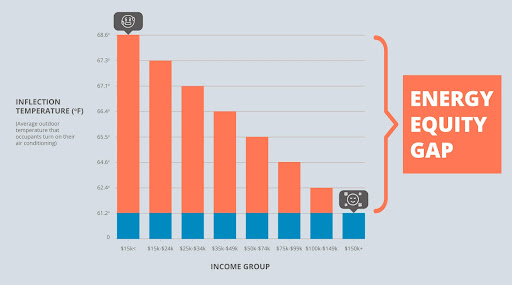
Solar Energy as a Solution
The Basics of Solar Energy
Renewable and Abundant
Solar energy harnesses the power of the sun to generate electricity. The sun is a virtually limitless source of energy, ensuring long-term sustainability. Unlike fossil fuels, which are finite and contribute to greenhouse gas emissions, solar energy is a clean and renewable resource.
Environmentally Friendly
Solar power reduces greenhouse gas emissions, making it a vital component in the fight against climate change. The photovoltaic (PV) panels used in solar systems produce electricity without releasing harmful pollutants or carbon dioxide.
Reduces Energy Costs
One of the most compelling advantages of solar energy is its potential to reduce energy costs significantly. Solar panels, once installed, can generate electricity for decades with minimal maintenance costs. This can provide substantial financial relief to low-income households struggling with high energy bills.
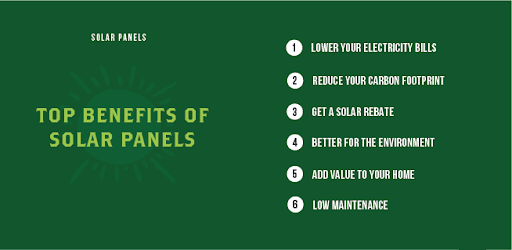
Solar Energy and Low-Income Communities
Solar energy has the potential to be a game-changer for low-income communities in several ways:
Affordable Energy Access
Solar power systems can be tailored to fit the budget of low-income households. Government incentives, subsidies, and community-based programs like Canada Greener Affordable Housing can further reduce the financial barriers to adoption.
Reduced Energy Bills
By generating their electricity through solar panels, residents can cut electricity bills substantially or even eliminate them entirely. The savings can then be redirected towards other essential needs, such as healthcare, education, or housing.
Job Creation
The installation and maintenance of solar systems create employment opportunities within the community. This can help stimulate economic development and empower residents by providing them with valuable job skills.
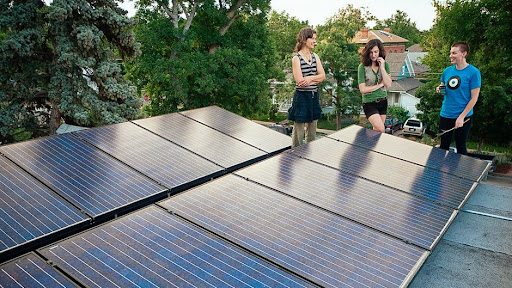
Overcoming Barriers
While solar energy offers a plethora of benefits, several barriers must be addressed to ensure its successful implementation in low-income communities.
Financial Barriers
High Initial Costs
The upfront cost of solar panel installation can be a significant barrier for low-income households. However, various financial mechanisms, including low-interest loans and leasing options, are available to make solar more accessible. Furthermore, government subsidies and tax incentives can help offset installation costs.
Limited Access to Financing Options
Low-income households typically have limited access to financing options for solar installations. This barrier primarily stems from their lower credit scores and financial instability, making it difficult to secure loans or favorable financing terms.
PACE programs allow property owners to finance solar installations through property tax assessments. This method can be advantageous for low-income homeowners, as it doesn’t require a high credit score and is transferable to future property owners.
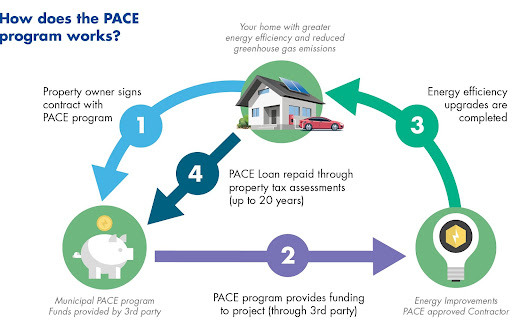
Technical Challenges
Lack of Infrastructure
Some low-income communities lack the necessary infrastructure for solar installations. This may include outdated electrical systems or inadequate roofing for solar panels. Local governments and nonprofit organizations can play a crucial role in addressing these infrastructure gaps.
Unsuitable Roof Conditions
Many low-income households reside in older or poorly-maintained buildings, which may have roofs that are structurally unsuitable for solar panel installation. These roofs might be damaged, facing the wrong direction, or obstructed by tall buildings or trees, making them less conducive to efficient solar energy generation.
Local governments, non-profit organizations, or local community development initiatives can offer assistance or subsidies to low-income homeowners for roof repairs.
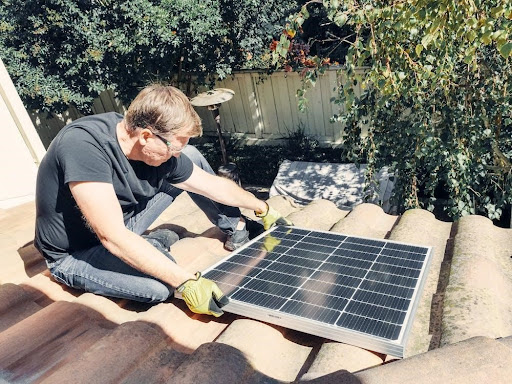
Educational Gaps
Lack of Awareness
Many residents in low-income communities may not be aware of the benefits of solar energy or how to go about installing a solar system. Educational campaigns and outreach programs can help raise awareness and provide guidance on adopting solar technology and the perks that come with it, for example the provision of net-metering.
Lack of Technical Knowledge and Training
Many residents in low-income communities may lack the technical knowledge required to understand, operate, and maintain solar energy systems. This includes knowledge about solar panel installation, system monitoring, and troubleshooting common issues. Without a basic understanding of how solar systems work and how to maintain them, residents may be hesitant to adopt solar energy or could encounter challenges in using and maintaining the equipment effectively.
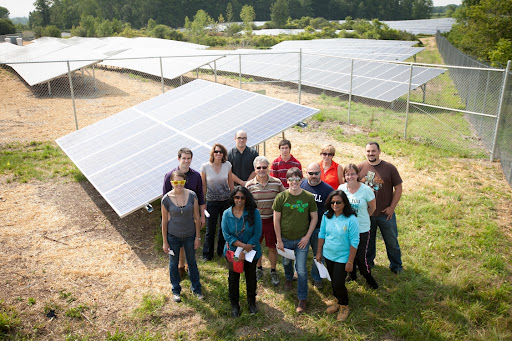
Successful Case Studies
Numerous initiatives and organizations have successfully brought solar energy to low-income communities. Let’s explore a few noteworthy examples:
Grid Alternatives
Grid Alternatives is a nonprofit organization operating in the United States. They are dedicated to bringing the benefits of solar power to low-income communities. Their approach includes providing no-cost solar installations and job training programs. By combining solar accessibility with job opportunities, Grid Alternatives offers a holistic solution to the energy gap.
Barefoot College
Barefoot College, located in India, takes a unique approach to empower communities through solar energy. They train rural women to become solar engineers, teaching them how to install and maintain solar panels. This initiative not only brings clean energy to remote areas but also empowers women through skill development and economic opportunities.
Government Initiatives
Government support is pivotal in bridging the energy gap for low-income communities. Here are some ways in which governments can facilitate the adoption of solar energy:
Incentive Programs
Governments can offer financial incentives and tax credits to make solar installations more affordable. These incentives can significantly reduce the upfront costs and make solar energy accessible to a broader range of residents.

Regulatory Support
Simplifying regulations and permit processes can encourage solar development in low-income areas. Streamlining bureaucracy can reduce the time and costs associated with solar installations.
Funding for Research
Investing in research and development can drive down the cost of solar technology, making it even more accessible for low-income communities. Government grants and funding can support innovation and advancements in solar technology.
Empowering Low-Income Communities: Solar Resource’s Role
While the benefits of solar energy for low-income communities are evident, navigating the complexities of solar technology and installation can be daunting. This is where companies like Solar Resource step in to provide invaluable guidance and support.
How Solar Resource Can Help?
Customized Solar Solutions
We understand that each community has unique energy needs and financial considerations. They work closely with low-income neighborhoods to design customized solar solutions that maximize energy production while staying within budget constraints.
Financial Assistance
Recognizing the financial barriers many low-income families face, we assist in identifying available incentives, subsidies, and financing options to make solar installations financially viable.
Technical Expertise
Solar technology can be intimidating, but Solar Resource simplifies the process. We offer technical training and support to community members, ensuring that residents have the knowledge needed to understand, operate, and maintain their solar systems effectively.
Community Engagement
Solar Resource actively engages with the community, publishing informational blogs and comprehensive guides to raise awareness about the benefits of solar energy. We foster a sense of ownership and pride within the community by involving residents in the decision-making process.
Take The Leap!
Solar energy presents a powerful solution for bridging the energy gap in low-income communities. By providing clean, affordable, and sustainable electricity to homeowners and businesses, solar power can improve the quality of life for residents, create jobs, and contribute to a more equitable and environmentally conscious future. However, to realize this potential, we must address the financial, technical, and educational barriers that hinder solar adoption in these communities. Furthermore, government support and collaboration with organizations dedicated to energy equity are essential to ensuring that solar energy reaches those who need it most. As renewable energy technology continues to advance, the vision of a more equitable energy landscape becomes increasingly achievable.
